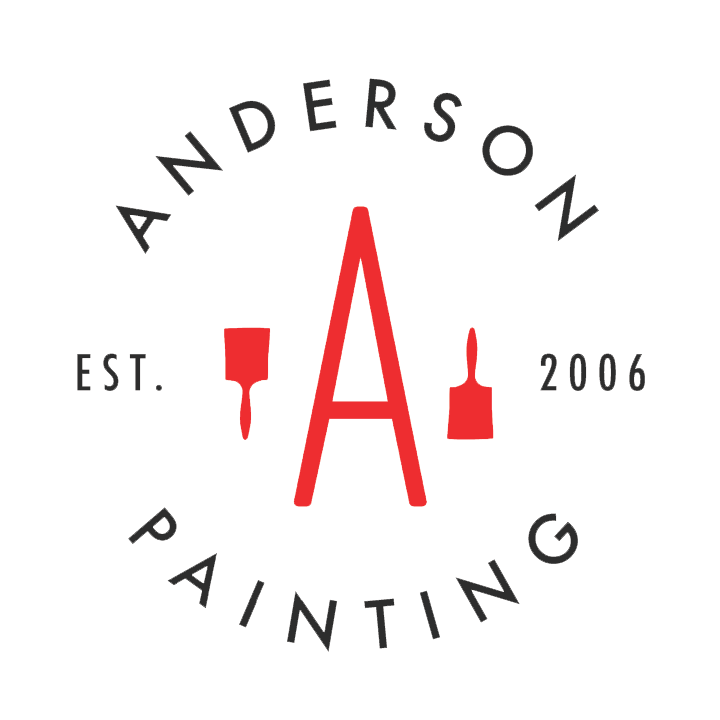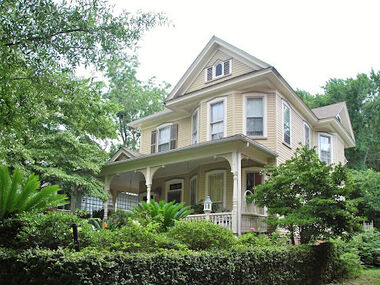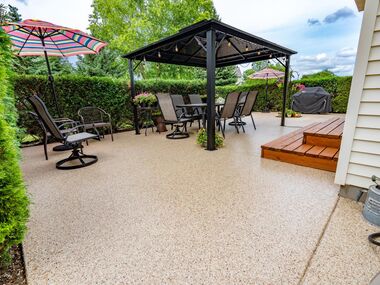How to Estimate Fence Painting Costs

While fences are primarily meant to be functional, they contribute to a property’s curb appeal as well. Of course, both the function and fashion of a fence depend on proper maintenance. As a general rule, a fence should receive a new coating about every 2-5 years. When it comes time to paint or stain your fence, you want the best results for the best price, and knowing what to expect from this particular project can help you choose the right contractor for the job.
If you’re on the fence, here are some tips for estimating fence painting costs.
How to Assess The Price of Fence Painting
Go Online to Review the Regional Range
The internet is an invaluable tool for getting a grasp on the cost of all kinds of property renovations. An initial search for “fence painting costs” won’t give you a concrete dollar amount for your specific project, but it will give you a foundation. For instance, HomeAdvisor currently lists the range for fence painting/staining between $750 and $4,250. There is a wide gap between these figures, but sites like these often allow you to narrow down the number by inputting key parameters, such as region (down to the zip code), fence type, number of coats, and more. Sites like these can also get you in touch with reliable local contractors. So, if you’re seeking fence painting estimates in Raleigh, NC, HomeAdvisor and similar sites can help you find the right Raleigh painting pros for your needs.
Measure Your Fence
It should come as no surprise that the most important factor in determining a fence painting estimate is the fence’s size -- more surface area = more supplies, more labor (time needed), and more potential repairs and improvements. To get started, get a full measurement of your fence, including its height, length, and depth. Once you have an idea of the square footage you’re facing, you can calculate how much primer and paint or stain will be required to fully cover your fence (a typical gallon of paint can coat about 400 square feet) and what these supplies will cost.
Mind the Material
A fence’s size isn’t all that matters -- so does its composition. Different fencing materials and designs can impact how easy or difficult it is to perform the task at hand. For instance, a standard picket or vinyl fence tends to rest on the cheaper end of the spectrum at about $4-$5 per linear foot. On the other hand, metal fences (i.e. steel or iron) often require more preparation and special types of paint, making them cost $8-$9 per linear foot on average. And shadowbox fences, though typically made of wood, tend to be the most expensive to paint due to their complex, overlapping boards (about $13 per linear foot). These price averages are a reflection of both the supply costs and labor costs for a given fence painting project.
Painting or Staining?
The type of coating you use is another key factor here. For the most part, paint (about $36 per gallon) is more expensive than stain (~$24/gallon), but keep in mind that paint also offers more coverage. That said, deck stain only requires one coat (paint typically requires at least two), though a new coat of stain is usually required every 2-3 years while a new coat of paint might not be needed for closer to 5 years. Also, whichever type of coating you choose, there is plenty of variation within these categories -- if you choose paint, you can pick an epoxy deck paint, acrylic latex, and so on. Individual products will range in price based on their quality, brand name, level of protection, etc.
Color Considerations
Aesthetics also play into fence painting estimates. If you plan on painting or staining your fence with a lighter color than the previous one, for instance, more preparation and coverage will be required, raising the project’s cost. Applying a darker coating (or the same color) is usually less involved and therefore cheaper.
Commercial or Residential
A fence is a fence, but its purpose can make a difference in the cost of maintenance. For one thing, commercial fences are often larger than residential ones and tend to undergo more stress. More importantly, commercial projects typically cost more than residential ones due to liability and safety concerns and regulations. In other words, painting contractors may have to adhere to stricter regulations when working at a commercial site than they would for a residential job, extending the job’s duration, affecting labor costs, and more. Being licensed and insured is the bare-minimum for any contractor, residential or commercial.
Factor in Preparation
The painting itself is only part of the fence painting process. Without proper preparation, the new coat(s) won’t adhere as strongly or go on as evenly. When estimating fence painting costs, don’t forget about the additional supplies and labor that go into the prep work prior to painting. For instance, power washing, sanding, and repairs are all standard steps that occur before the brush hits the surface. To give you an idea of what this prep work could add to the total cost, Home Advisor lists a typical fence power washing job between $250 and $500.
The Cost of Quality
The old adage, “you get what you pay for” often rings true, especially for renovations. The multiple factors listed above describe the tangible, but they leave out the less tangible aspects that make or break a paint job, such as experience, reliability, efficiency, communication, and integrity. If you want the best results, you want to work with a contractor who exudes these qualities, even if they come at a slightly higher premium compared to less reputable options. At Anderson Painting, we offer our customers both quality and value, so you can rest assured that the money you invest in your fence by working with us will yield a solid return.
For more about us and everything we do, call us today at (919) 610-1855 or email us at info@andersonpaintingnc.com!



